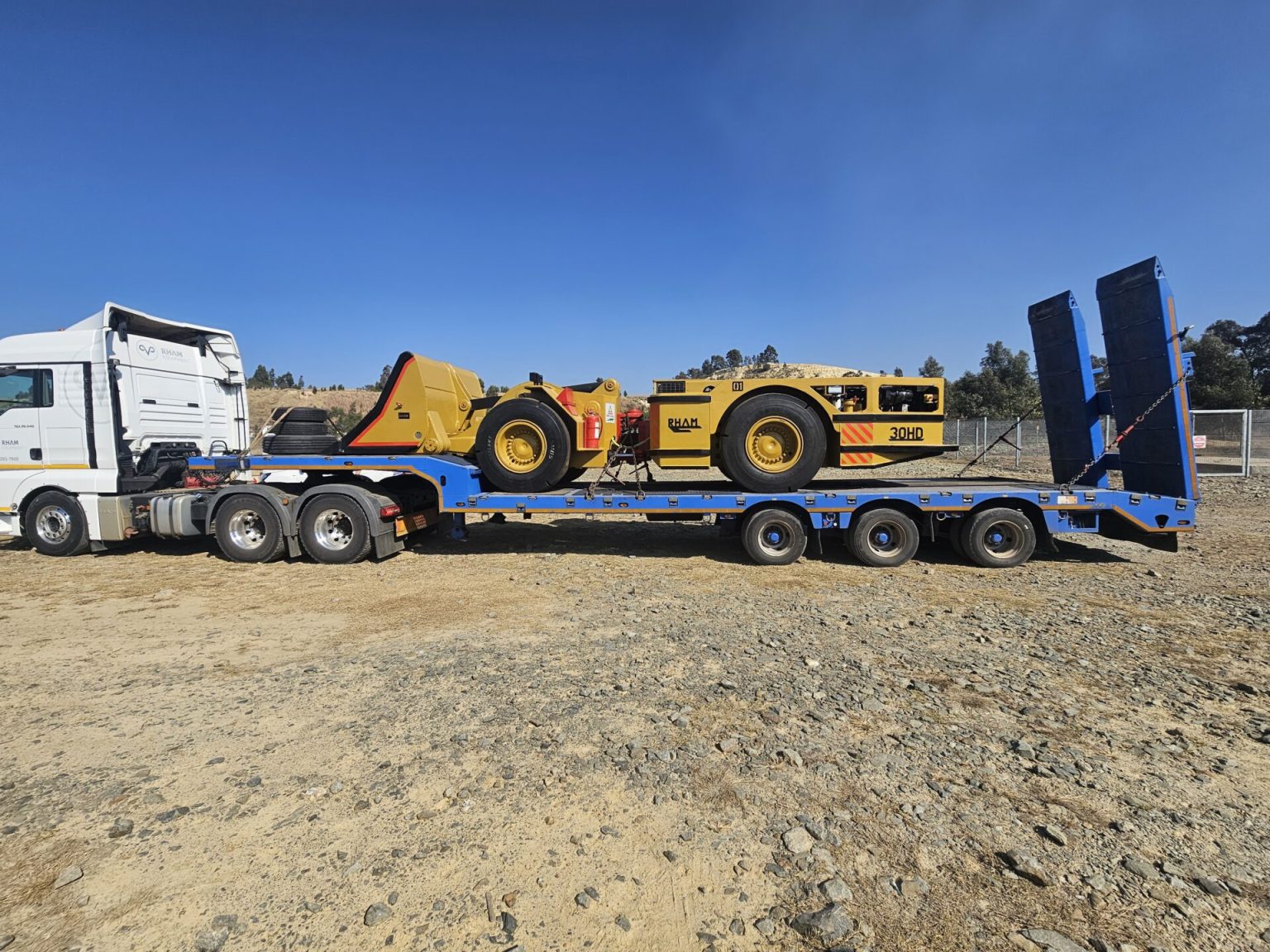In a significant development for the gold mining sector, West Wits Mining has released an updated Definitive Feasibility Study (DFS) for its Qala Shallows project in South Africa, revealing dramatically improved economics that position the company as one of the most attractive emerging gold producers in the market.
The revised study shows the project’s post-tax Net Present Value has more than doubled from $246 million to $500 million USD, while total projected cash flows have increased by
...
In a significant development for the gold mining sector, West Wits Mining has released an updated Definitive Feasibility Study (DFS) for its Qala Shallows project in South Africa, revealing dramatically improved economics that position the company as one of the most attractive emerging gold producers in the market.
The revised study shows the project’s post-tax Net Present Value has more than doubled from $246 million to $500 million USD, while total projected cash flows have increased by $1 billion to reach $2.7 billion. The internal rate of return stands at an impressive 81%, significantly enhancing the project’s investment appeal.
Two key factors have driven these improvements. First, the updated DFS incorporates a gold price assumption of $2,850 per ounce, reflecting current market conditions, compared to the previous estimate of $1,850 per ounce. Second, the company has optimized its mining approach by lowering the cutoff grade from 2 grams per tonne to approximately 1.31 grams per tonne, capturing substantially more ore that was previously excluded from calculations.
This operational refinement has extended the mine life from 9 to 12 years at a steady-state production of 70,000 ounces annually. While all-in sustaining costs have increased modestly from just under $1,000 to approximately $1,288 per ounce, this remains highly competitive in the current gold market environment.
In a critical development for project financing, West Wits has secured $50 million USD in binding bank funding from ABSA Bank and the Industrial Development Corporation (IDC), both South African institutions. Definitive legal documents were signed in May and June, following the announcement of binding terms in February.
“The debt arrangement not only provides essential capital but also validates our project through rigorous due diligence,” said Executive Chairman Michael Quinert. The company has undergone comprehensive assessment across environmental, legal, and technical aspects through multiple external bank-funded advisers.
The financing carries standard commercial terms and incorporates usual security requirements. As both funding institutions are South African entities, the arrangement avoids exchange control complications that might arise with international financing. The banks have required hedging of approximately half the production during construction and early repayment phases, structured through put options to allow the company to benefit from potential gold price appreciation.
West Wits Mining has made substantial progress toward production, with equipment and contractors already being mobilized. The project benefits significantly from previous development work that established infrastructure to the second level on ore, meaning extraction can commence within eight weeks of operations recommencing.
The company has engaged Modi Mining for contract mining services, leveraging their extensive experience in similar mining methods from the platinum fields of the Bushveld Complex. Initial operations will utilize conventional South African stooping methods, accessing ore through a decline to eventually reach 850 meters depth over the 17-year total mine life.
Processing arrangements have been secured through a four-year evergreen toll treatment agreement with Sibanye-Stillwater, whose plant is located approximately 40 kilometers south via major highway. This agreement includes provisions for alternative plant access if required, providing operational security that satisfies banking requirements.
The Witwatersrand’s century-plus mining history provides substantial available processing capacity in the region, with additional options including Harmony Gold’s Doornkop plant just 8 kilometers away and Pan African Resources’ facility 25 kilometers distant.
Looking beyond initial operations, the Qala Shallows project represents only the first phase of development for a much larger resource base. West Wits Mining holds over 5 million ounces of resources at 4.66 grams per tonne grade within a compact 4,000-hectare footprint. The current DFS utilizes less than 1 million ounces, leaving substantial expansion potential.
The company has completed scoping studies indicating potential for expansion to 200,000 ounces annually over approximately 25 years, referred to internally as “Project 200.” This expansion would require dedicated processing infrastructure, with options including construction of a company-owned plant, partnership arrangements, or acquisition of nearby processing assets.
South Africa’s mining environment has improved significantly in recent years, particularly regarding power reliability. “Until February this year, Johannesburg had experienced 430 days without power outages or load shedding,” Quinert noted, reflecting both private sector involvement in Eskom management and significant private renewable energy capacity additions.
Despite its compelling project economics, West Wits Mining currently trades at a market capitalization of approximately $75 million, creating both challenges for equity fundraising in current markets and opportunity for substantial value realization as production commences.
The company’s progression from explorer to producer is expected to attract different investor categories, with longer-term value-oriented funds potentially replacing speculative traders as operational milestones are achieved.


